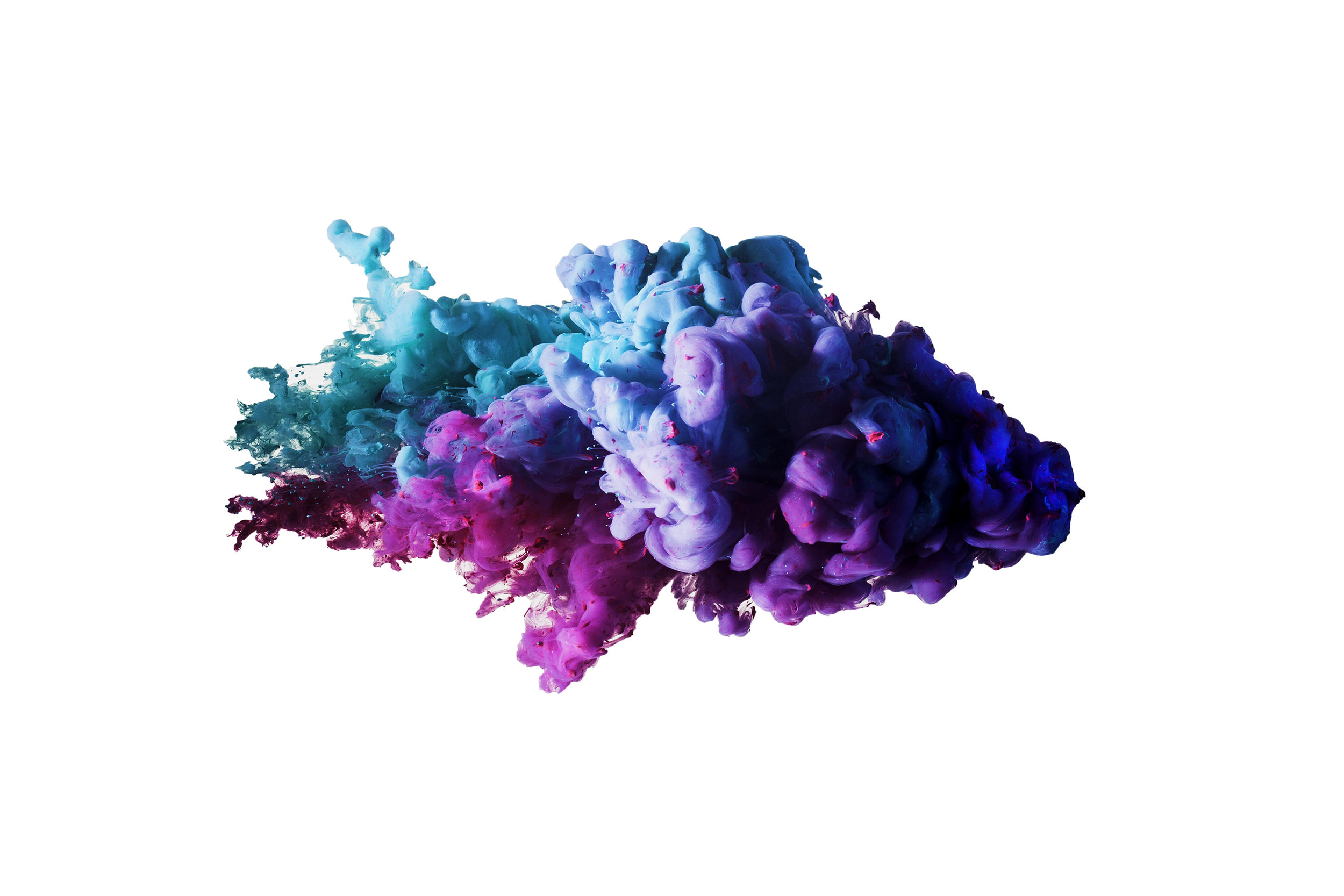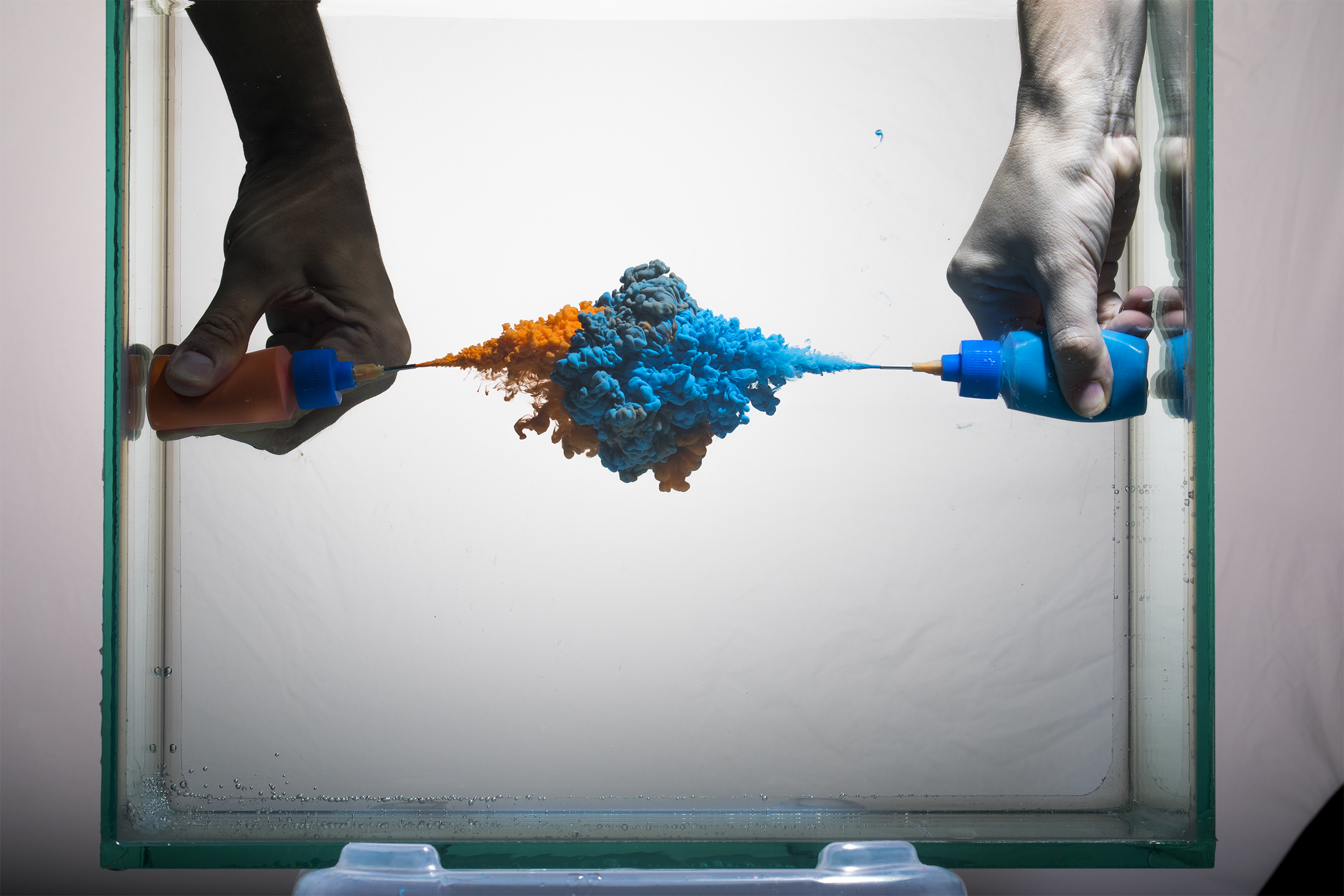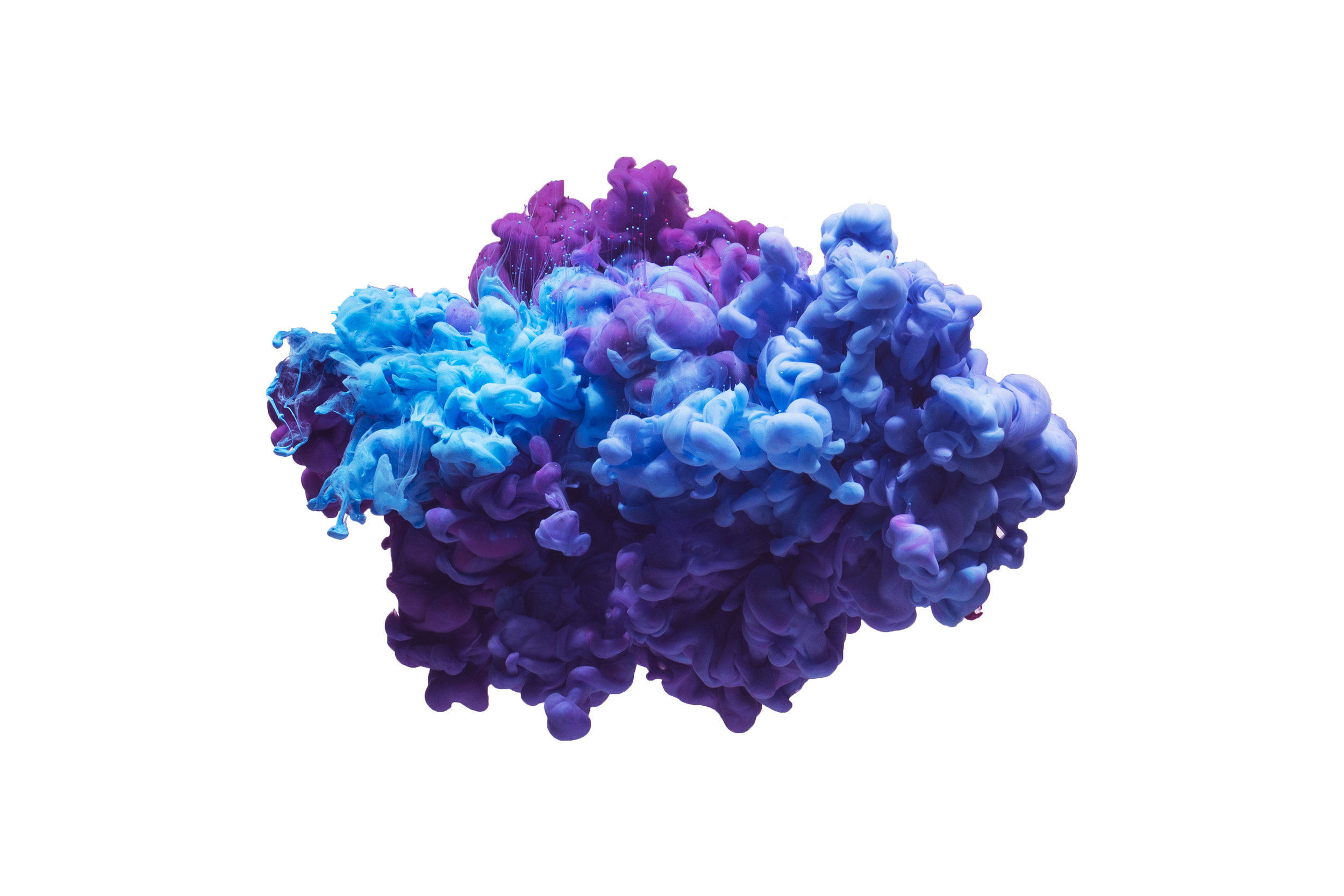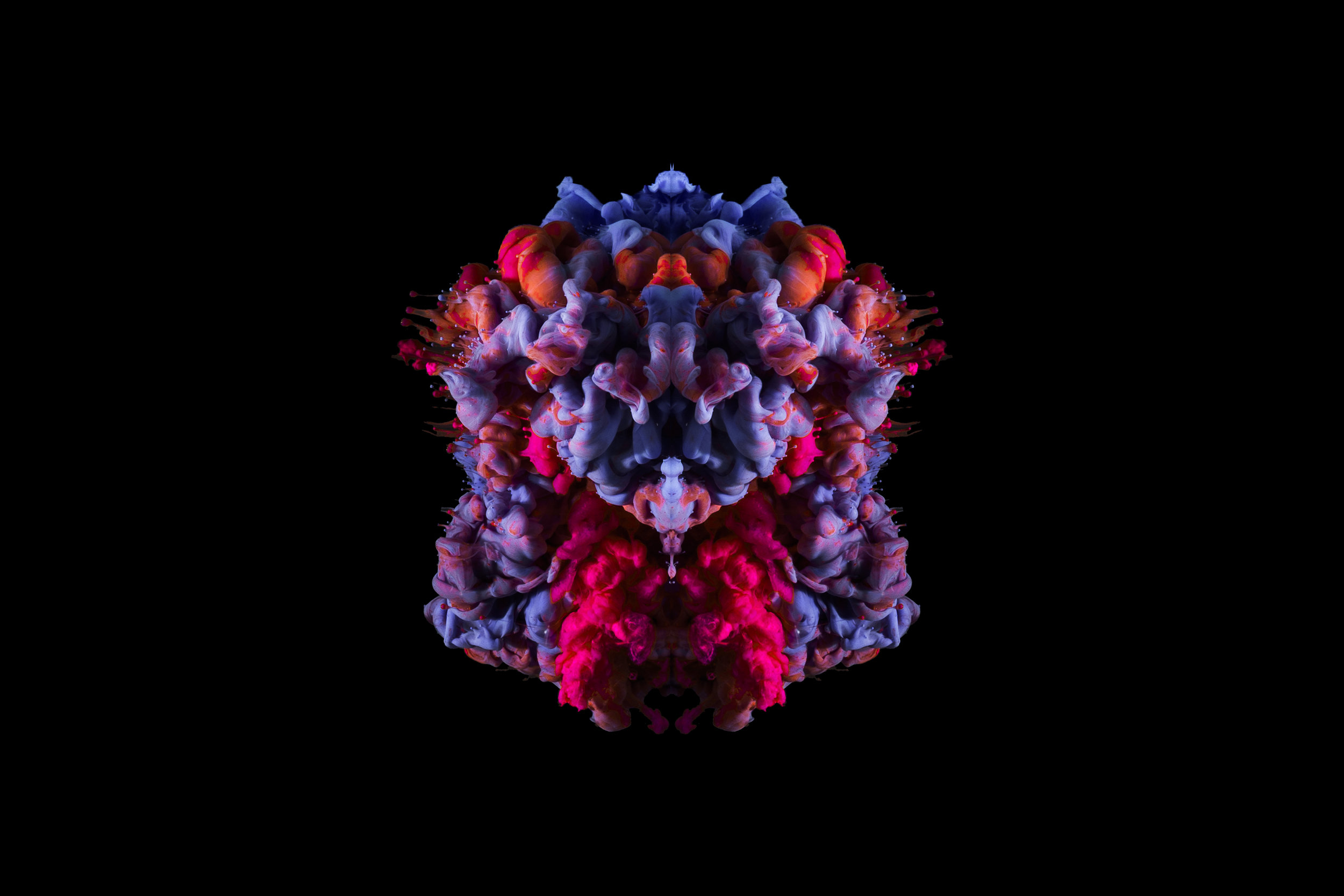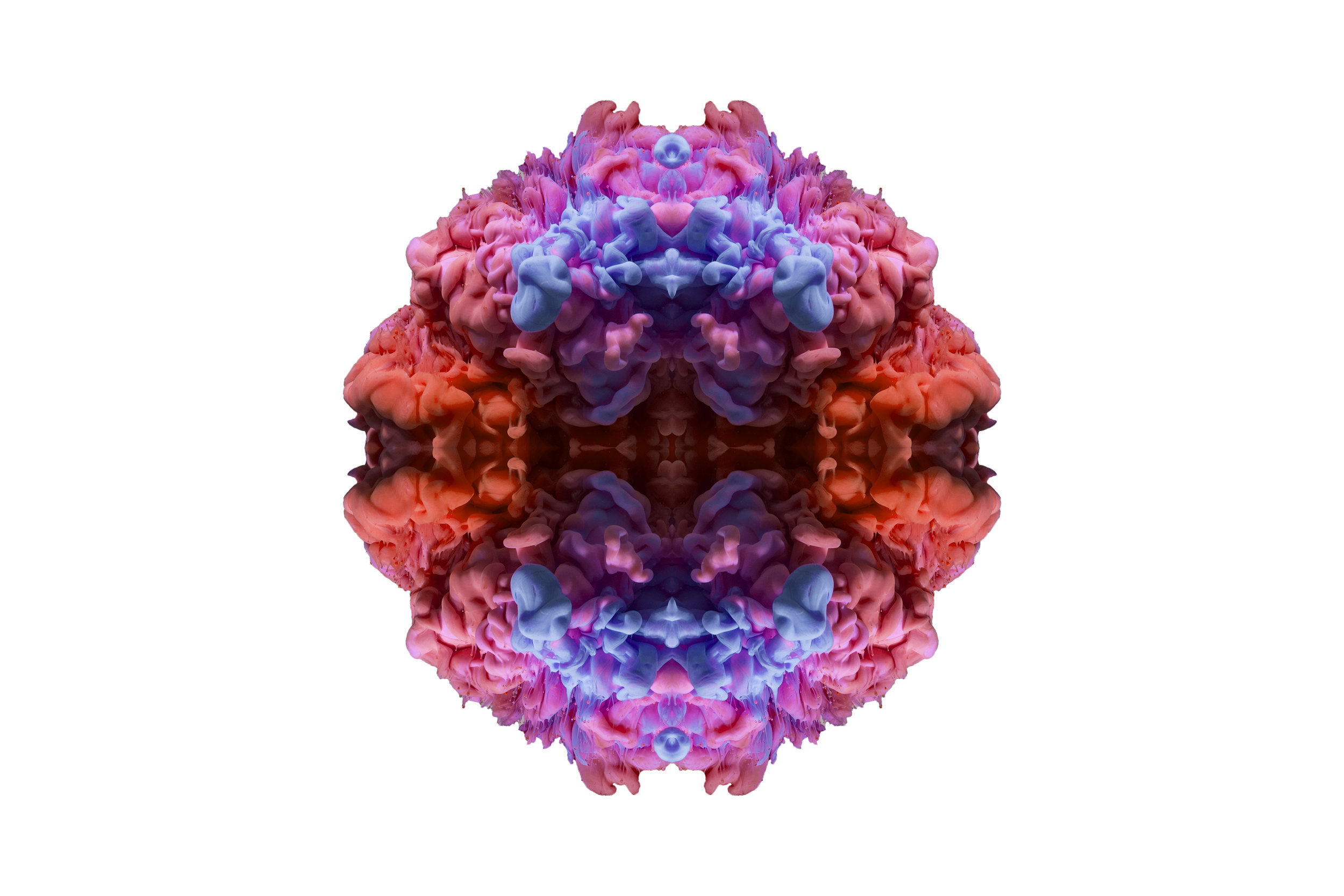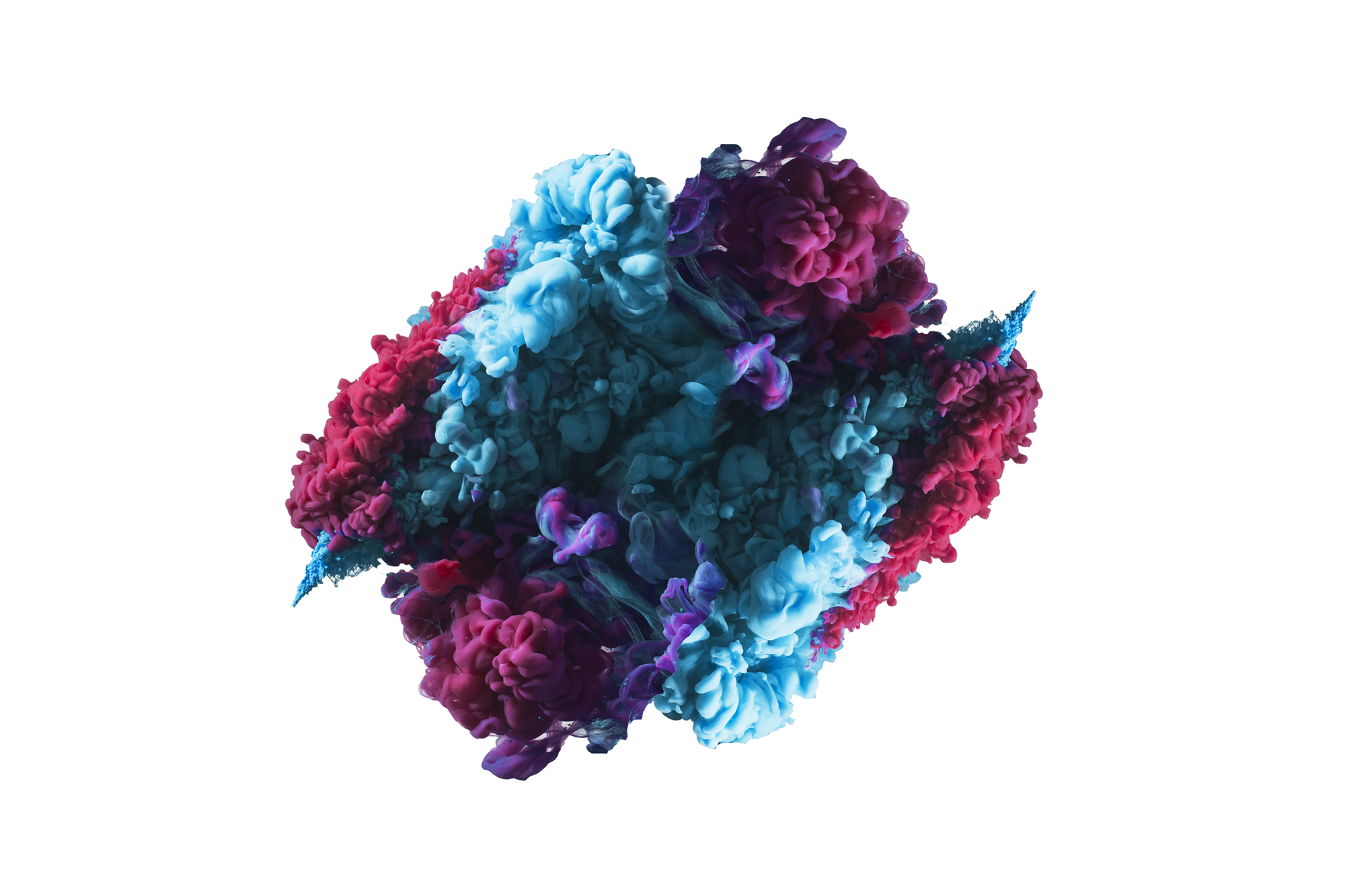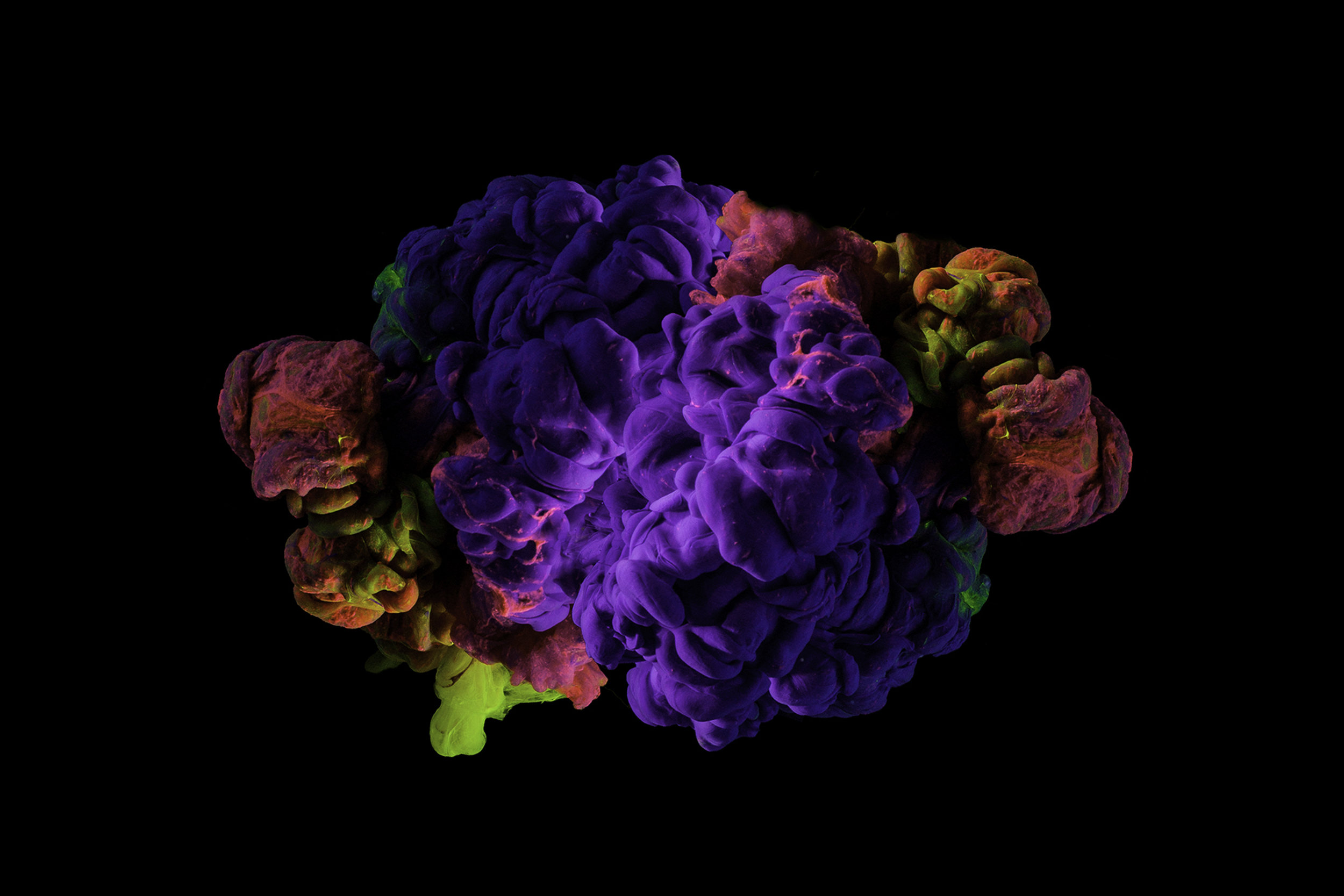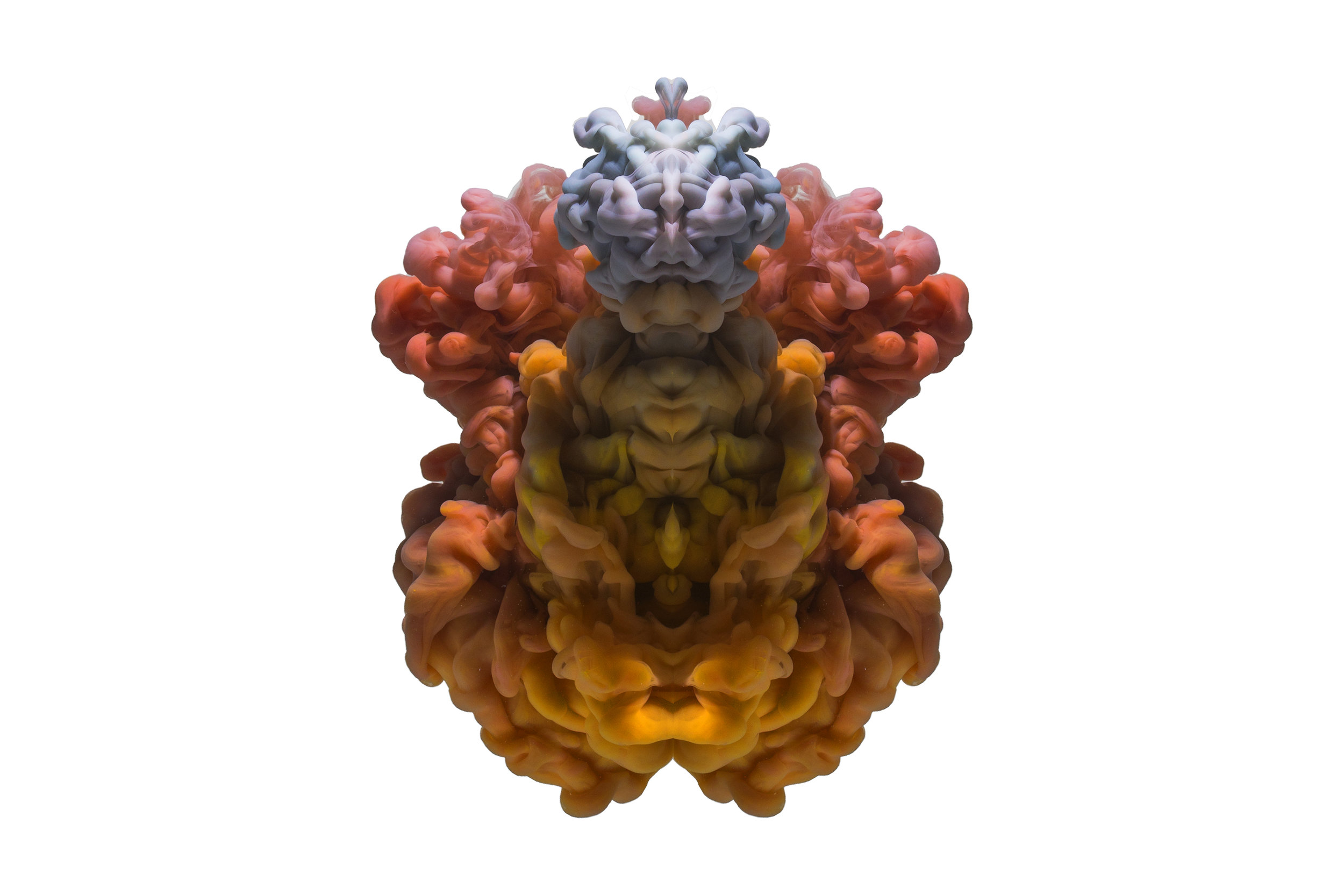interview | joseba barriola
Venezuelan photographer Joseba Barriola takes every day objects and translates them into snapshots of artistic abstraction with his chromatic cloud series. The series was born from Barriola’s experience of containment within his own homeland, where it was dangerous to take photographs outside. Equipped with a macro lens, water tank, and mixture of acrylics and inks, Barriola began photographing the colliding forms. Now he’s hooked, ever exploring different ways to experiment with color and texture (all while maintaining a full-time job).
COlabs interviewed Joseba to learn more about his double life.
How did you first get into photography?
My dad was very interested in photography, so I learned a lot from him many years ago. Then I started exploring analog and digital photography—always trying to do different things, experimenting with everything I could find.
Did your surroundings have an influence on you?
I began my journey into photography in Venezuela, which definitely had a huge impact and influence in what I actually do. In a country where the political and economical crisis is the name of the game, I had to reinvent myself. I could not take outdoor pictures due to safety and security reasons, so I started experimenting indoors, where all this abstract photography was born.
Where do your ideas come from?
They come from the daily inspiration behind different art forms like music, movies, album covers, visual arts… and, believe it or not, from a lot of my childhood toys. For example, I was a huge fan of kaleidoscopes and I’m trying to emulate them in this series.
What are you trying to communicate with your photos?
The interesting thing about abstract photography is that it allows you to play with different angles to see which shapes you can create. I’m really trying to capture everyday objects and let the people distinguish their own forms since everyone sees things differently. That is the real beauty of it.
What technique do you use to make creative clouds?
All my life, I’ve been obsessed with color and textures. They are the inspiration behind the Chromatic Cloud series. I use a macro lens, a water tank and a mixture of inks, acrylics and different liquid densities to capture everyday objects generated underwater.
Is this your favorite form to make?
I’m really hooked with chromatic clouds right now, since every photo results in a totally different form. I continue to develop new techniques and I’m experimenting a lot with fluids and elements to convert clouds into different shapes. If it results in an abstract and colorful shape, it’s what I’m looking for.
How does your location influence your work?
It helps a lot with all the color combinations and textures. Just looking outside and seeing different colors and shapes inspires my photography. My series has evolved over the years and has been influenced by the three countries that I’ve recently lived in: Venezuela, Peru and Colombia. Each country has inspired me differently thanks to their people, culture, and arts.
Is this your full time job?
No, photography is one of my many hobbies along with music and illustration, but it is the one I spent the most time doing. I’m a full-time marketer working for a global consumer goods company.
What projects are you working on?
Right now I’m finishing a music video that contains a lot of macro footage of the chromatic clouds series for an experimental record from a talented Venezuelan musician.
I’m also about to start a new photographic series that includes a lot of acrylic paint explosions, as well as a photography project with light that involves a lot of symmetry and patterns. In parallel, I’m finishing the final touches to a book that I’m writing called Idea Triggers that expresses my creative philosophy and advises how to become more creative in day-to-day life.
What are your goals?
Right now, I’m focusing on placing my work in a gallery, so it can be shown as a part of an exhibition. Long-term, my goal is to continue creating different art that inspires people to place it in their home spaces. Just knowing that someone is interested in my work is the ultimate purpose of my art.
interview by carter

